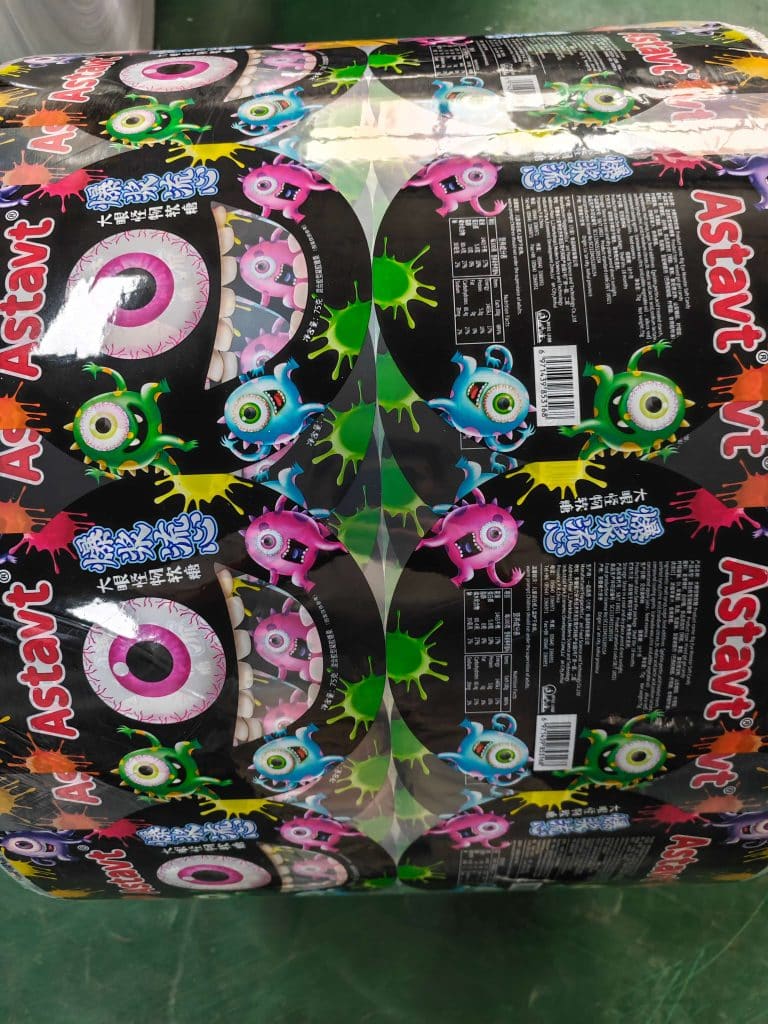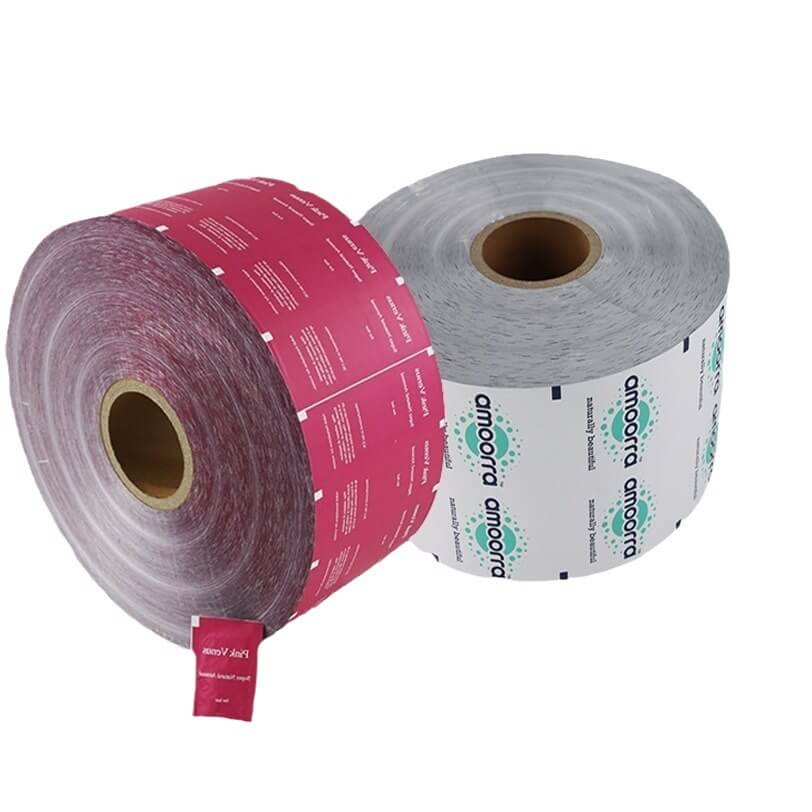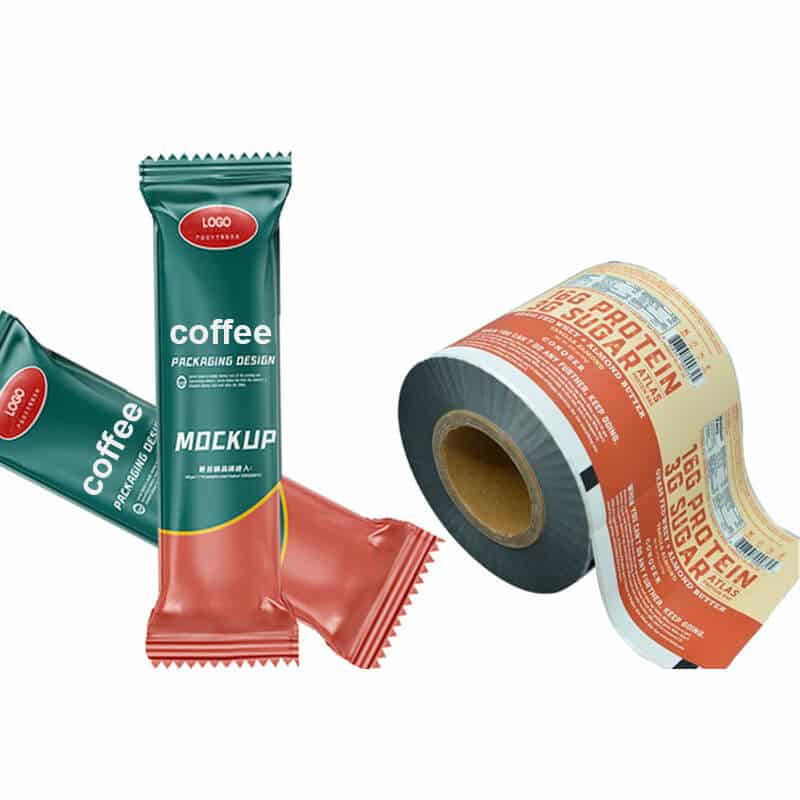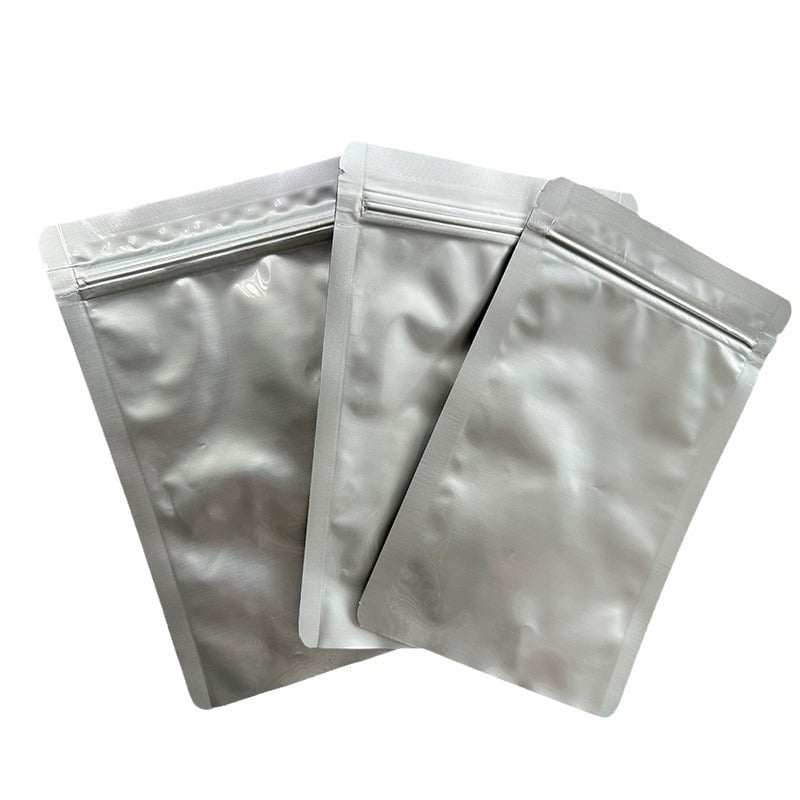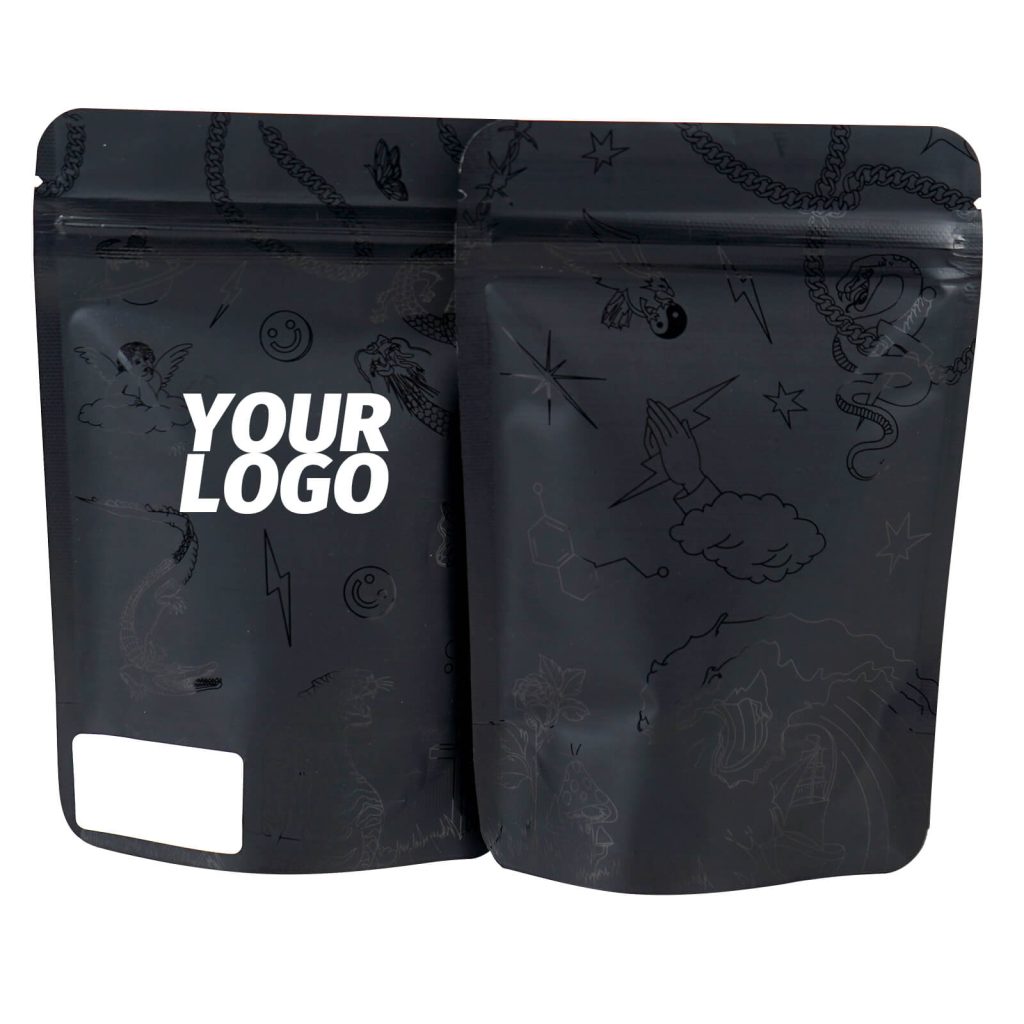1 Quart Bag – 100cc oxygen absorber
1 Gallon Bag – 1-2 300cc oxygen absorbers
2 Gallon Bag – 2-500cc oxygen absorbers or 1-1000cc oxygen absorber
5 Gallon Bag – 5-7 300cc oxygen absorbers,1-2 2000cc oxygen absorbers, or 2-3 1000cc oxygen absorbers
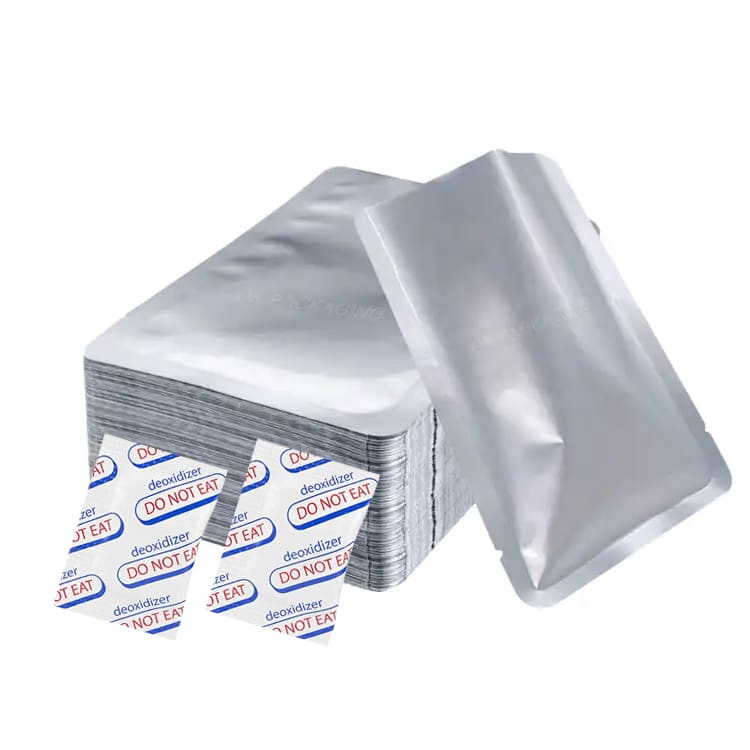
When using mylar bags to store food for long-term preservation, removing as much oxygen as possible from the pack is essential to prevent spoilage. One way to do this is by using oxygen absorbers, small packets containing a material that chemically reacts with oxygen to remove it from the bag. The size of the oxygen absorber needed for a 1-gallon mylar bag will depend on a few factors.
Determining Food Volume
The first step in determining the size of the oxygen absorber needed for a 1-gallon mylar bag is determining the volume of food stored in the bag. It is essential to measure the importance of the food rather than the weight, as the food may have pockets of air that can affect the amount of oxygen in the bag.
When measuring food volume, it is essential to pack the food tightly into the bag to remove as much air as possible. Once the food is loaded, you can use a measuring cup or ruler to determine the volume of the food in the bag.
Choosing the Right Oxygen Absorber
Once you have determined the volume of food that will be stored in the 1-gallon mylar bag, you can use that information to choose the right size of oxygen absorber. Oxygen absorbers are typically sold in a range of sizes, from 100 ccs to 2000 ccs, with the size needed depending on the volume of food being stored.
Typically, for long-term food storage, it is recommended to use an oxygen absorber with a capacity that is at least 2-3 times the volume of the food being stored.
For example, if the volume of food in your 1-gallon mylar bag is 0.5 gallons, it would be recommended to use an oxygen absorber with a capacity of at least 1 liter (1000 cc)
Using the Oxygen Absorber
Once you have chosen the right size oxygen absorber for your 1-gallon mylar bag, it’s essential to use it correctly to ensure that it removes as much oxygen as possible from the pack.
When using an oxygen absorber, it is essential to open the bag containing it as little as possible to prevent it from absorbing the oxygen in the air.
Also, it would help to put the oxygen absorber in the bag before sealing it. This will ensure the absorber is in contact with as much oxygen as possible when filling the bag.
Then, you can seal the bag using a heat sealer or a vacuum sealer to remove as much air as possible from the pack.
Conclusion
When using mylar bags for long-term food storage, removing as much oxygen as possible from the pack is essential to prevent spoilage. One way to do this is by using oxygen absorbers. The size of the oxygen absorber needed for a 1-gallon mylar bag will depend on the volume of food that will be stored in the bag. Using an oxygen absorber with a capacity of at least 2-3 times the importance of the food being stored is recommended. And it is essential to use the oxygen absorber correctly to ensure that it removes as much oxygen as possible from the bag.
What are oxygen absorbers?
Oxygen absorbers are small packets or sachets that contain a mixture of iron powder, clay, salt, and activated carbon. They are used to remove oxygen from a sealed environment, such as a package or container, to extend the shelf life of products that are sensitive to oxygen.
Purpose:
The primary purpose of oxygen absorbers is to preserve the freshness and extend the shelf life of products by removing the oxygen that can cause spoilage, discoloration, and loss of flavor. Oxygen absorbers are commonly used in packaging food products, such as dried fruits, nuts, seeds, and jerky, and non-food items, such as electronics, pharmaceuticals, and personal care products.
Activation:
Oxygen absorbers are activated when they are exposed to air. Once the package or container is sealed, the oxygen absorbers begin to remove oxygen from the environment. The rate at which the oxygen is absorbed depends on the size of the oxygen absorber, the volume of the package or container, and the amount of oxygen present in the environment.
Shelf Life
The product’s shelf life with oxygen absorbers can be extended several times than without them. The shelf life depends on the type of product, the storage conditions, and the size of the oxygen absorber.
Safety
Oxygen absorbers are safe for food products and are considered a food additive by the FDA. They are also considered safe for non-food items, but checking the product’s packaging for additional safety information is always recommended.
In conclusion, oxygen absorbers are small packets that contain a mixture of iron powder, clay, salt, and activated carbon. They are used to remove oxygen from a sealed environment, such as a package or container, to extend the shelf life of products that are sensitive to oxygen. Oxygen absorbers are commonly used in packaging food products, such as dried fruits, nuts, seeds, and jerky, and non-food items, such as electronics, pharmaceuticals, and personal care products. They are safe, easy to use, and can make a significant difference in terms of the shelf life of packaged products.
How do oxygen absorbers work?
Oxygen absorbers are small packets filled with iron powder used to remove the oxygen from a sealed container to extend the shelf life of the food or other products inside. They work by a process called oxidation-reduction, which is a chemical reaction in which electrons are transferred between molecules.
How Oxygen Absorbers Work
Oxygen absorbers are filled with iron powder, which is a reducing agent. When the iron powder comes into contact with oxygen, it reacts with it to form iron oxide, which is rust. The reaction removes the oxygen from the container, creating an oxygen-free environment that slows down food spoilage or other products.
The process begins as soon as the oxygen absorber is exposed to air, and the iron powder inside begins to react with the oxygen. The iron powder absorbs the oxygen, and the oxygen content inside the container decreases. The oxygen absorber will continue to remove oxygen until the iron powder has been completely converted to iron oxide.
Oxygen Absorbers Effectiveness
Oxygen absorbers are very effective at removing oxygen from a sealed container. They can remove up to 99.9% of the oxygen from a container, creating an oxygen-free environment that slows down the spoilage of food or other products. This can help to extend the shelf life of the food or other products by several months or even years.
Oxygen Absorbers Uses
Oxygen absorbers are used in various applications, including food storage, packaging, and preservation. They are commonly used to preserve dried foods such as grains, legumes, dried fruits, and products like vitamins, supplements, and medications. They are also used in packaging products such as electronics and pharmaceuticals to protect them from damage caused by oxygen.
Oxygen Absorbers Safety
Oxygen absorbers are safe to use, but following the manufacturer’s instructions is essential. They should not be ingested; care should be taken to avoid inhaling the iron powder inside. It is also important to note that oxygen absorbers should only be used in sealed containers, as they will not work effectively in open containers.
Conclusion
Oxygen absorbers are small packets filled with iron powder used to remove the oxygen from a sealed container to extend the shelf life of the food or other products inside. They work by a process called oxidation-reduction, which is a chemical reaction in which electrons are transferred between molecules. Oxygen absorbers are very effective at removing oxygen from a sealed container. They can help to extend the shelf life of food or other products by several months or even years. They are safe when used as directed by the manufacturer and can be used in various applications, including food storage, packaging, and preservation.
How Do I use Oxygen Absorbers with Mylar Bags?
Using oxygen absorbers with Mylar bags is a great way to extend the shelf life of your food storage. The process is relatively simple and can be broken down into key steps.
step1 Preparing the Mylar Bags
The first step is to prepare the Mylar bags. These bags are made of a multi-layer material designed to block out light, oxygen, and moisture. They come in various sizes, so you’ll need to choose the size that best suits your needs. Once you have your bags, you’ll need to cut them to the appropriate size. Be sure to leave a few inches of extra space at the top of the bag for sealing.
step2 Adding the Food
The next step is to add your food to the Mylar bags. You’ll want to ensure that the food is as dry as possible before adding it to the bags. If there is any moisture present, it can lead to the growth of mold and bacteria, which will shorten the shelf life of your food. Once you’ve added the food, you’ll want to remove as much air as possible from the bag before sealing it. This can be done using a vacuum sealer or the “squeeze and seal” method.
step3 Adding the Oxygen Absorbers
After you’ve sealed the Mylar bags, the next step is to add the oxygen absorbers. These are small packets that contain a chemical that absorbs oxygen. They come in various sizes, so you’ll need to choose the size that best suits your needs. Once you’ve added the oxygen absorbers, you’ll want to reseal the bags to ensure that the oxygen absorbers are in contact with the food.
step4 Storing the Food
The final step is to store the food in a cool, dry place. The Mylar bags and oxygen absorbers will help extend your food’s shelf life, but it’s still important to use the food within a reasonable amount of time. Be sure to check the bags periodically for any signs of punctures or leaks, as this can allow oxygen to enter the bag and shorten the shelf life of your food.
Tips:
- Make sure to use food-grade Mylar Bags and Oxygen Absorbers only.
- Check the expiration date of the Oxygen Absorbers.
- Keep the Mylar bags in a cool and dry place.
- Check the bags periodically to ensure that they are still sealed properly.
- Label the bags with the date and the contents so you know when to use the food.

